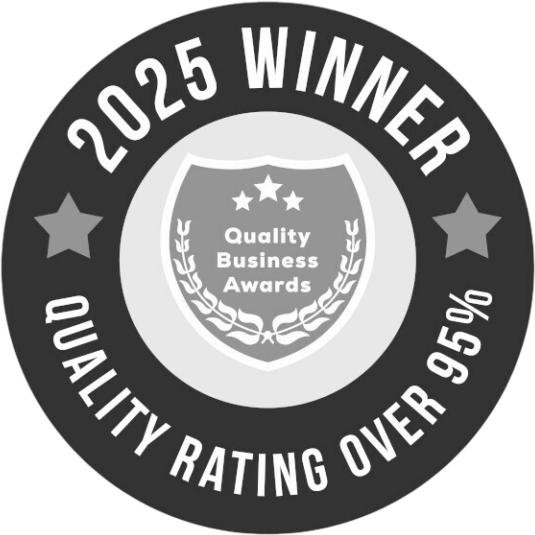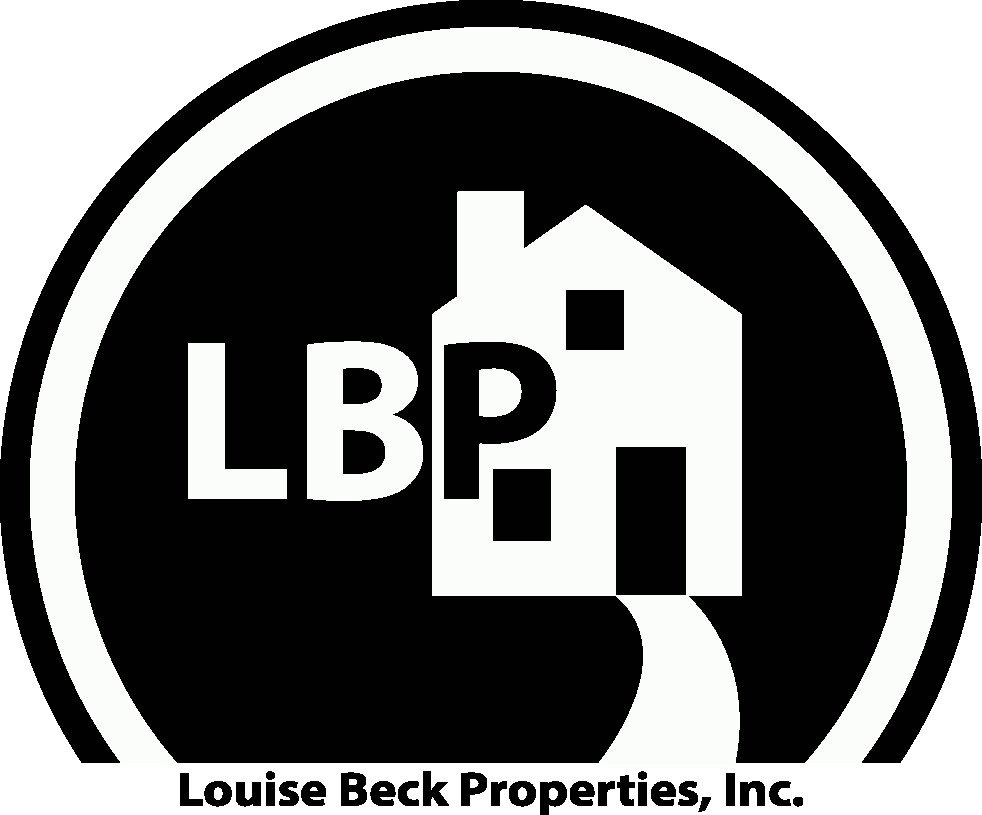Key Takeaways
Routine inspections are essential to catch small issues before they become safety hazards or expensive repairs.
Compliance with building codes and housing laws protects both tenants and landlords from legal and financial risks.
Critical systems like electrical, plumbing, and fire safety measures must be regularly checked and maintained for tenant well-being.
Documenting inspections, maintenance, and certifications strengthens landlord protection and demonstrates due diligence.
Ensuring tenant safety is a fundamental aspect of effective property management. Tenants spend a considerable amount of time in their rental homes, so it is essential that these environments are secure, well-maintained, and legally compliant.
Federal and state regulations require that rental properties meet basic health, safety, and structural standards. These laws are designed to protect not only tenants but also landlords by reducing exposure to legal liabilities and costly repairs.
The Importance of Routine Inspections
Regular property inspections are key to identifying and addressing issues early. This proactive approach not only helps preserve the value of the property but also promotes tenant satisfaction, reducing complaints and encouraging lease renewals.
Preventative maintenance extends the life of your investment while keeping your tenants safe and comfortable.
Understanding Legal and Building Code Requirements
Start by familiarizing yourself with federal, state, and local housing laws. These regulations establish minimum standards for sanitation, structural stability, and access to utilities like electricity, heat, and water.
Local building codes often provide more specific guidance tailored to regional requirements. Staying compliant is essential to avoiding fines and ensuring long-term property performance.
Key Safety Inspection Areas
Doors and Windows
Secure doors and windows are your property’s first layer of protection. Make sure all doors have strong frames, reliable locks, and functioning deadbolts.
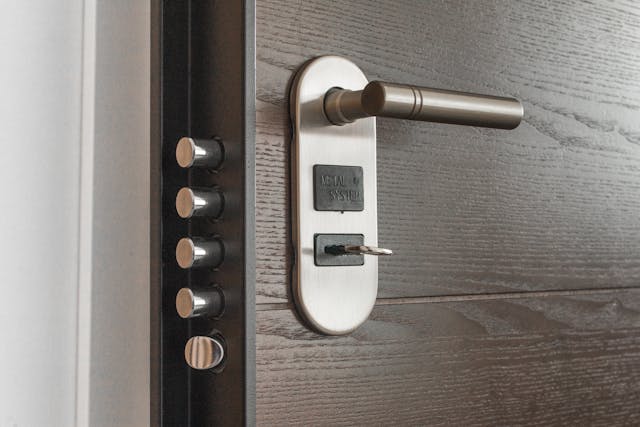
Windows should have working latches, and additional locks may be considered for added security. Well-sealed openings also improve energy efficiency by keeping outdoor air from affecting indoor temperatures.
Walls, Ceilings, and Floors
Look for signs of wear, including cracks, peeling paint, sagging ceilings, or warped flooring. These issues could indicate deeper structural or moisture problems.
Non-slip surfaces are especially important in homes with children or elderly residents. Prompt repairs help prevent injuries and more costly future damage.
Aging Properties
Older buildings often harbor hidden safety risks. Schedule regular evaluations of foundational elements, roofing, plumbing, and electrical systems to ensure they align with current standards.
Updating these systems as needed helps reduce hazards and improve the overall integrity of the home.
Critical Systems and Maintenance
Electrical systems
Outdated or overloaded electrical systems are a significant fire risk. Have a licensed electrician evaluate the wiring, especially in older homes. Avoid circuit overloads by ensuring sufficient outlets and testing appliances frequently.
Plumbing
Small plumbing issues can quickly escalate. Regularly inspect for leaks, clogs, and poor drainage. Well-maintained plumbing helps prevent mold, water damage, and costly repairs.
Heating and Ventilation
Before colder months, ensure heating systems are inspected and serviced. Malfunctioning heaters can pose fire hazards. Adequate ventilation is also essential in preventing moisture buildup and maintaining indoor air quality.
Appliance Safety
Keep track of the age and condition of all appliances. Replace any outdated or malfunctioning units to avoid safety hazards.
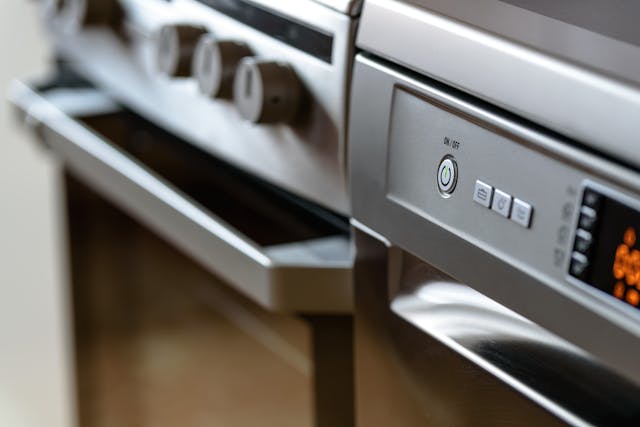
Choose high-quality appliances with built-in safety features and respond quickly to tenant repair requests.
Fire Safety and Security
Smoke Detectors and Fire Extinguishers
Install smoke detectors in every bedroom and on each floor. Test them regularly and replace batteries as needed. Fire extinguishers should be placed in accessible areas like kitchens and hallways. Provide tenants with clear fire evacuation procedures.
Security Measures
Consider installing motion sensors, alarms, and security cameras, particularly in poorly lit or high-traffic areas. These systems offer both protection and peace of mind. In multi-unit buildings, securing shared spaces is equally important.
Accessibility and Emergency Preparedness
Accommodations for Disabilities
If applicable, ensure your rental complies with accessibility laws. This may involve installing ramps, handrails, and wider doorways. Such modifications not only fulfill legal obligations but can also broaden your tenant base.
Emergency Resources
Equip the property with basic emergency supplies, such as flashlights, batteries, and a first-aid kit. Share important contact numbers and details about local emergency shelters and evacuation routes.
Exterior Safety Considerations
Maintain outdoor areas by keeping walkways clear, stairs sturdy, and lighting functional. Regular landscaping helps prevent accidents and enhances the property’s appearance.
Proper Documentation and Certification
Keep Accurate Records
Document all inspections, maintenance work, and tenant communications. Detailed records can be crucial in resolving disputes and demonstrating due diligence.
Stay Certified
Some jurisdictions require safety certifications for rental properties. Make sure you understand and comply with any local certification requirements.

The Role of Insurance
Even the most well-maintained properties can face unexpected damage. A comprehensive insurance policy provides a critical safety net, helping cover costs related to fire, water damage, or natural disasters.
That said, not all policies are created equal, and coverage gaps can leave homeowners unexpectedly exposed. It’s essential to review your plan regularly to ensure it aligns with how the property is used, especially if it’s vacant for long stretches or occasionally rented out.
Insurers may have specific requirements for unoccupied homes, such as regular inspections or prompt reporting of damage. Failure to meet these conditions could jeopardize your claim. Partnering with a professional estate management team helps you stay compliant and ensures any issues are caught and addressed quickly.
Why Safety Is a Smart Investment
Prioritizing safety is more than a legal duty, it’s a strategic move. Secure and well-maintained homes attract long-term tenants, reduce turnover, and build your reputation as a reliable landlord.
Regular upkeep prevents small issues from turning into expensive emergencies and contributes to the steady growth of your property’s value.
Additionally, a safe home is easier to insure and may even qualify for lower premiums. When your property is consistently cared for, you demonstrate responsibility, something both insurers and tenants appreciate.
Bottom Line
Maintaining rental property safety requires consistent effort and attention to detail. From checking entry points and inspecting systems to keeping proper records, each step contributes to tenant well-being and the long-term success of your investment.
If managing these responsibilities feels overwhelming, partnering with Louise Beck Properties. Ready to make safety a top priority? Contact us today.

